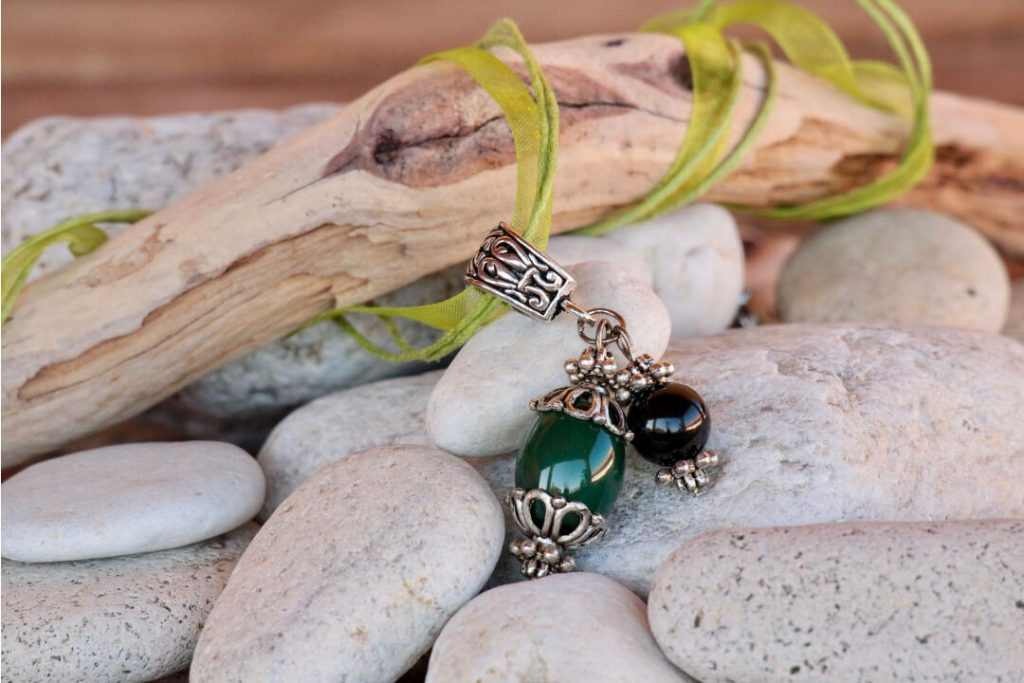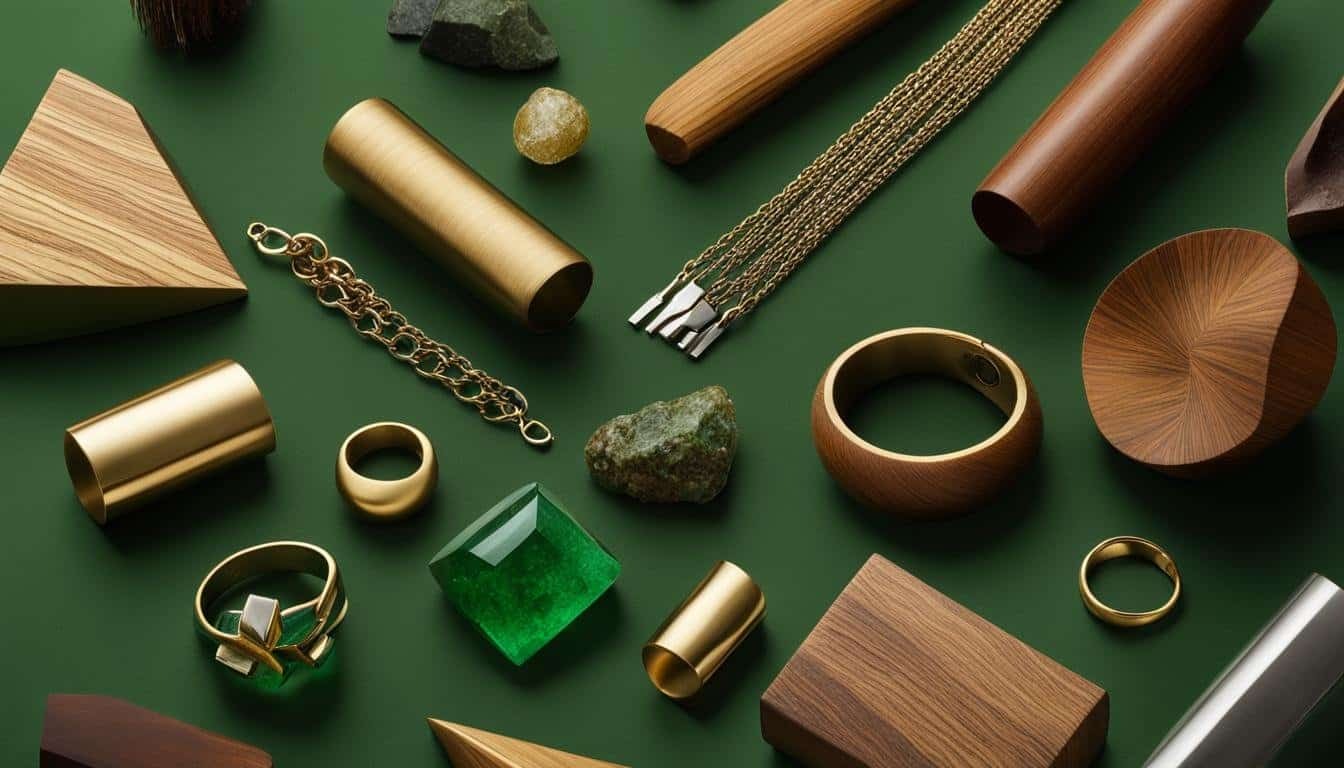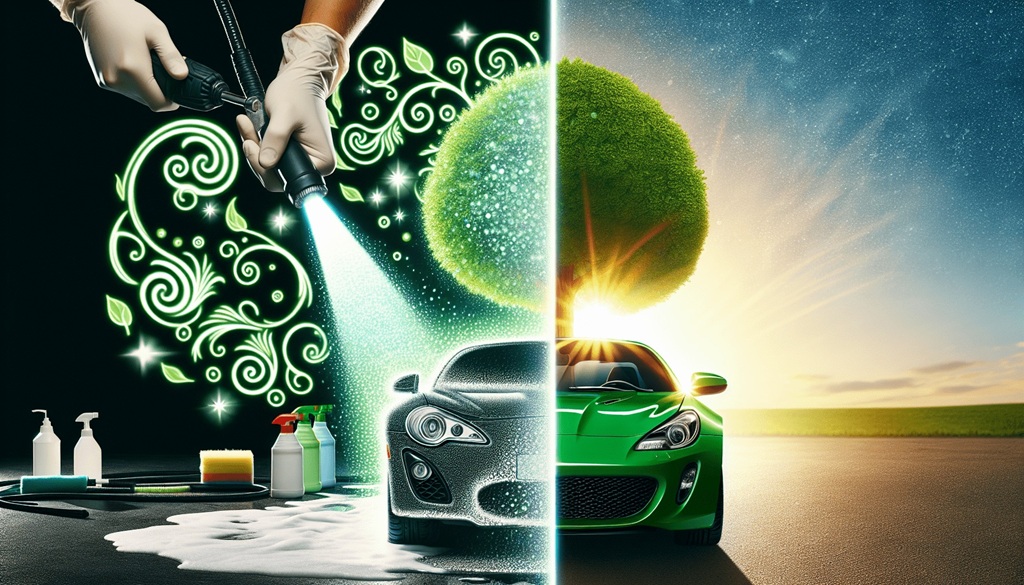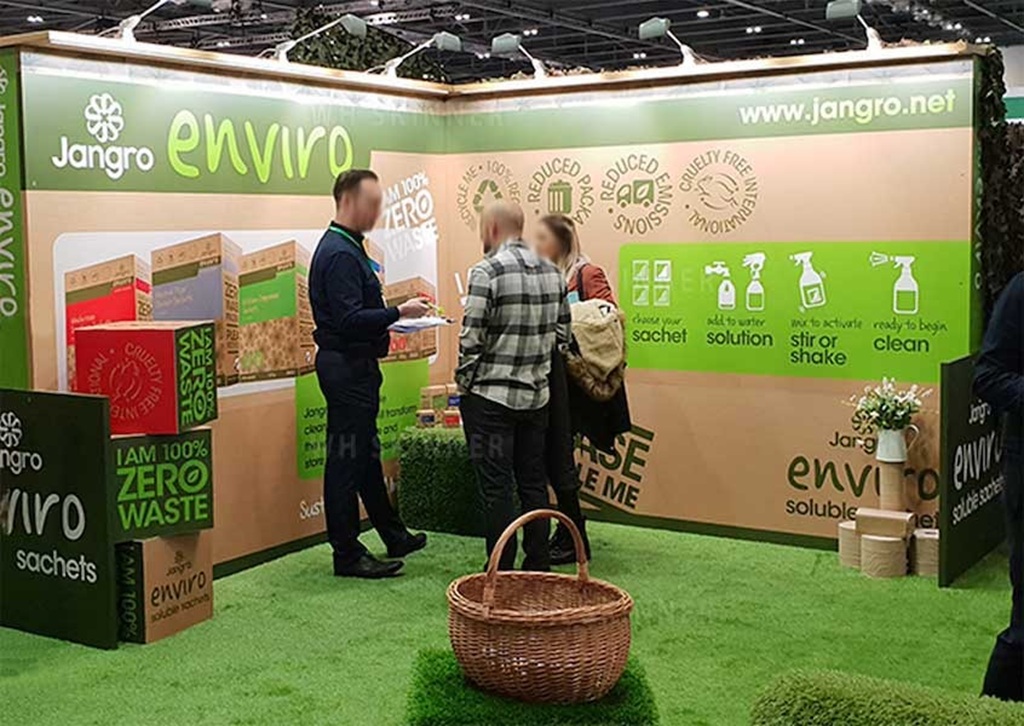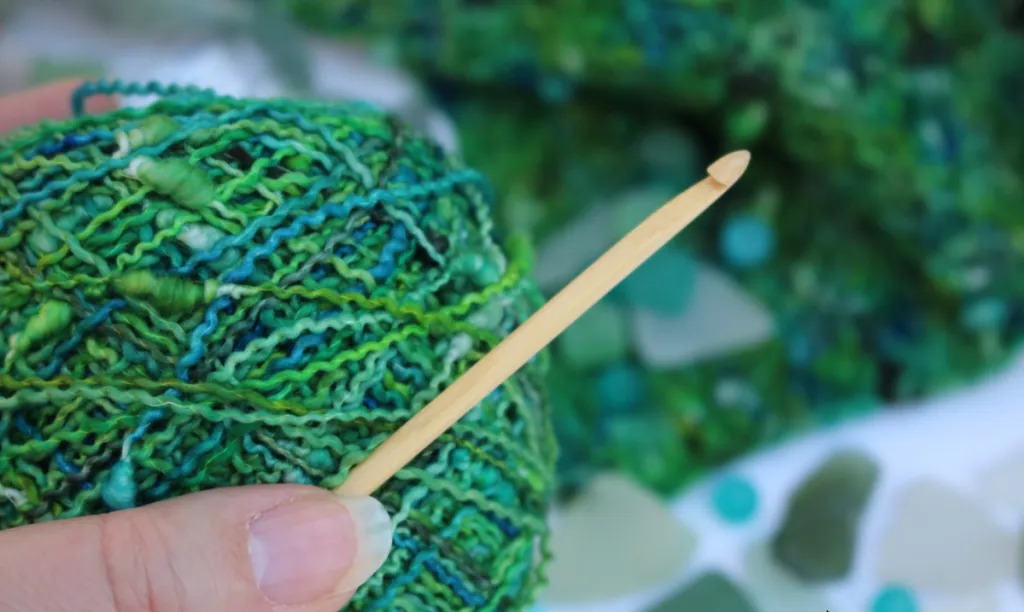The allure of jewelry has captivated humanity for millennia sparkling sustainably, a shimmering testament to beauty, status, and sentiment. However, the traditional jewelry industry, with its reliance on mined materials and often opaque supply chains, has faced increasing scrutiny regarding its environmental and ethical impact. Today, a profound shift is underway, a movement towards a more sustainable and responsible future. This article delves deep into how the jewelry industry is embracing eco-friendly practices, exploring the trends and innovations driving this transformation, and addressing the questions consumers are asking.
The Rising Tide of Ethical Consciousness: Why Eco-Friendly Jewelry Matters
The impetus behind this change stems from a growing awareness of the detrimental effects of conventional jewelry production. Mining for precious metals and gemstones can lead to deforestation, soil erosion, water pollution, and habitat destruction. Furthermore, concerns about human rights abuses, including forced labor and unsafe working conditions, have spurred consumers to demand greater transparency and accountability. The modern consumer, increasingly informed and ethically conscious, seeks jewelry that not only dazzles but also aligns with their values. This demand has created a powerful market force, compelling the industry to re-evaluate its practices and embrace sustainability.
Recycled Precious Metals: Giving Old Glamour a New Life
One of the most significant eco-friendly trends is the increasing use of recycled precious metals, such as gold, silver, and platinum. Instead of extracting new metals from the earth, jewelers are sourcing them from existing sources, including old jewelry, electronic waste, and industrial scrap. This process significantly reduces the environmental impact associated with mining, as it requires less energy and generates fewer pollutants. Recycled metals are chemically identical to newly mined metals, ensuring the same quality and beauty. Furthermore, the adoption of certified recycled metals, often bearing labels such as “Fairmined” or “Responsible Jewellery Council (RJC)” certifications, provides consumers with assurance of their provenance and ethical sourcing.
Lab-Grown Diamonds: The Future of Sparkle Without the Scars
Lab-grown diamonds, also known as cultivated or synthetic diamonds, are revolutionizing the diamond industry. Created in controlled laboratory environments, these diamonds possess the same chemical, physical, and optical properties as their mined counterparts. They offer a compelling alternative for consumers seeking ethically sourced and environmentally friendly diamonds. The production of lab-grown diamonds eliminates the need for destructive mining practices and significantly reduces carbon emissions. Advancements in technology have made lab-grown diamonds more accessible and affordable, further fueling their popularity. Moreover, the traceability of lab-grown diamonds, often accompanied by detailed origin reports, provides greater transparency and consumer confidence.
Sustainable Gemstones: Beyond the Big Four
Beyond diamonds, the jewelry industry is exploring a wider range of sustainable gemstones. This includes sourcing gemstones from artisanal and small-scale mines that adhere to ethical and environmentally responsible practices. Fair-trade gemstones, sourced from mines that prioritize fair wages and safe working conditions, are gaining traction. Additionally, the use of alternative gemstones, such as moissanite, sapphire, and cubic zirconia, which can be lab-grown or sourced sustainably, is expanding. These alternatives offer a diverse palette of colors and brilliance, allowing consumers to express their individuality while minimizing their environmental footprint.
Responsible Sourcing and Traceability: Building Trust Through Transparency
Transparency and traceability are paramount in the journey towards a more sustainable jewelry industry. Consumers want to know the origin of their jewelry and the conditions under which it was produced. Blockchain technology is playing a crucial role in enhancing traceability by creating immutable records of a gemstone or metal’s journey from mine to market. This technology allows consumers to verify the authenticity and ethical sourcing of their jewelry. Certification programs, such as the RJC and Fairmined, provide independent verification of responsible practices throughout the supply chain. These initiatives are fostering greater trust and accountability, empowering consumers to make informed choices.
Eco-Friendly Packaging and Practices: Extending Sustainability Beyond the Gemstone
The commitment to sustainability extends beyond the materials themselves. Jewelers are increasingly adopting eco-friendly packaging, utilizing recycled and biodegradable materials. Sustainable business practices, such as reducing energy consumption, minimizing waste, and implementing water conservation measures, are becoming standard. Many jewelers are also prioritizing local sourcing and supporting community initiatives, further contributing to a more sustainable and equitable industry.
The Rise of Circularity: Embracing the Second Life of Jewelry
The concept of circularity, which emphasizes reusing and repurposing materials, is gaining momentum in the jewelry industry. Jewelry repair, restoration, and redesign services are becoming increasingly popular, extending the lifespan of existing pieces and reducing the need for new materials. Consignment and resale platforms are also providing opportunities for consumers to purchase pre-owned jewelry, promoting a more sustainable and circular approach to consumption. Furthermore, initiatives that encourage the recycling of old jewelry, through trade-in programs or partnerships with recycling companies, are contributing to a closed-loop system.
Innovation in Design and Craftsmanship: Blending Tradition with Sustainability
Sustainable jewelry design is not just about using eco-friendly materials; it’s also about creating pieces that are timeless and enduring. Jewelers are exploring innovative designs that minimize waste and maximize the use of sustainable materials. Traditional craftsmanship techniques, such as hand fabrication and lost-wax casting, are being revived, reducing reliance on energy-intensive machinery. The integration of technology, such as 3D printing and computer-aided design, is enabling jewelers to create intricate and unique designs while minimizing material waste.
The Role of Education and Consumer Awareness: Empowering Informed Choices
Education and consumer awareness are critical drivers of change in the jewelry industry. Consumers need to be informed about the environmental and ethical implications of their purchasing decisions. Jewelers, retailers, and industry organizations are playing a vital role in providing educational resources and promoting sustainable practices. Certifications and labeling programs help consumers identify eco-friendly jewelry. Online platforms and social media are also powerful tools for disseminating information and raising awareness.
The Future of Sustainable Jewelry: A Vision of Responsible Glamour
The journey towards a more sustainable jewelry industry is ongoing, but the progress made so far is encouraging. The convergence of ethical consciousness, technological innovation, and consumer demand is driving a fundamental shift in the industry. The future of jewelry lies in responsible sourcing, transparent supply chains, and a commitment to environmental stewardship. By embracing eco-friendly practices, the jewelry industry can continue to create beautiful and meaningful pieces while minimizing its impact on the planet and its people.
Read More Also: 2025 Eco-Friendly Mother’s Day Gift Guide: Sustainable Gifts for the Amazing Moms in Your Life
People Also Ask (FAQs)
-
What makes jewelry eco-friendly?
- Eco-friendly jewelry utilizes recycled precious metals, lab-grown diamonds, sustainably sourced gemstones, and eco-friendly packaging. It also emphasizes ethical sourcing, transparent supply chains, and responsible business practices.
-
Are lab-grown diamonds real diamonds?
- Yes, lab-grown diamonds are chemically, physically, and optically identical to mined diamonds. 1 They are real diamonds created in a controlled laboratory environment.
-
How can I tell if my jewelry is ethically sourced?
- Look for certifications such as RJC and Fairmined, which indicate responsible sourcing practices. Ask your jeweler about the origin of the materials and their ethical sourcing policies.
-
Is recycled gold as good as newly mined gold?
- Yes, recycled gold is chemically identical to newly mined gold. It offers the same quality and beauty while reducing the environmental impact of mining.
-
What are some sustainable alternatives to mined gemstones?
- Sustainable alternatives include lab-grown gemstones like moissanite and sapphire, as well as fair-trade gemstones from responsible mines.
Conclusion
The jewelry industry is undergoing a transformative period, driven by a growing desire for sustainability and ethical responsibility. The adoption of recycled materials, lab-grown diamonds, and sustainable gemstones, coupled with transparent supply chains and eco-friendly practices, is paving the way for a more responsible future. By embracing innovation, fostering consumer awareness, and prioritizing ethical considerations, the jewelry industry can continue to create timeless pieces that not only dazzle but also reflect a commitment to a sustainable and equitable world. The future of jewelry is one where beauty and responsibility go hand in hand, creating a sparkling legacy for generations to come.

